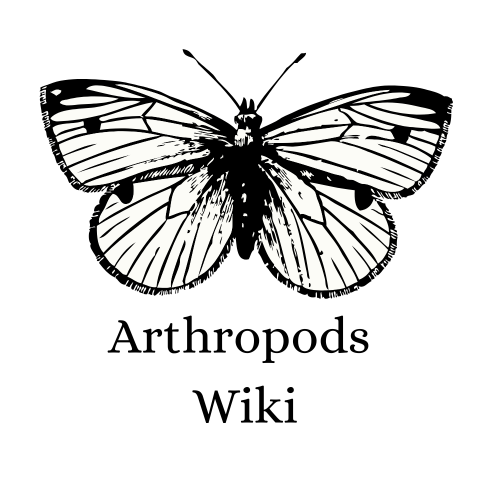An earthworm is a terrestrial invertebrate that belongs to the phylum Annelida. They exhibit a tube-within-a-tube body plan, are externally segmented with corresponding internal segmentation, and usually have setae on all segments. They occur worldwide where soil, water, and temperature allow.
Morphology[]
An earthworm consists of a digestive tube housed within a thick cylindrical muscular tube that forms the body. The body is divided into segments, and furrows on the surface of the body mark the division between each segment. The first segment encloses the mouth, and has a fleshy, muscular lobe on the top.
Circulatory system[]
The earthworm has a closed circulatory system. An earthworm circulates blood exclusively through vessels. ... The dorsal blood vessels are responsible for carrying blood to the front of the earthworm's body. The ventral blood vessels are responsible for carrying blood to the back of the earthworm's body.
Size[]
Typically only a few inches in length, some members of this species have been known to grow to a serpentine 14 inches. Earthworms' bodies are made up of ring-like segments called annuli. These segments are covered in setae, or small bristles, which the worm uses to move and burrow.
Symmetry[]
Earthworms have bilateral symmetry. This means that if you cut the earthworm down the centerline, the left side of the body would be identical to the right side.

